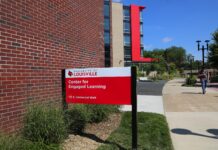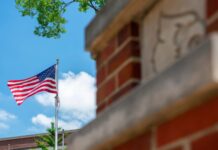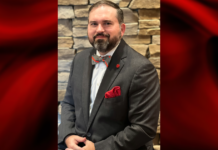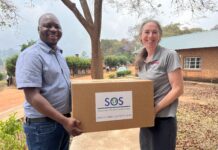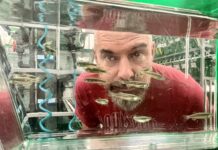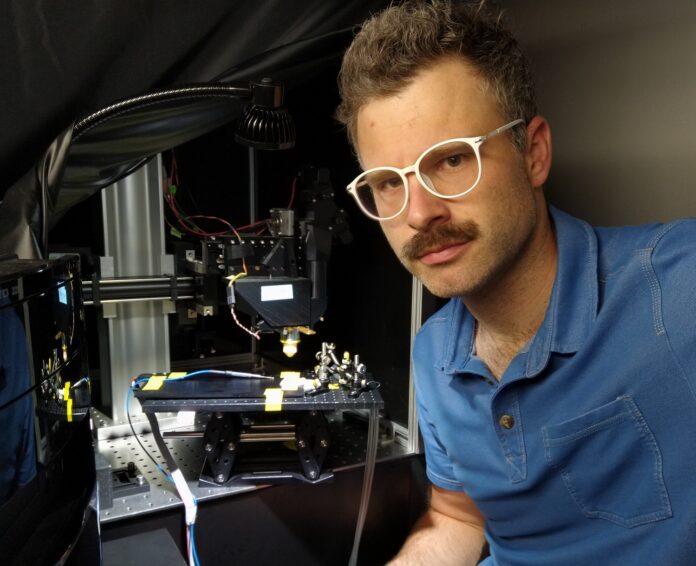
You may be confident in your potential to pursue a career in biomedical research when the National Institutes of Health funds your work before you receive your PhD.
Two doctoral students in the University of Louisville Department of Anatomical Sciences and Neurobiology, Zach Whiddon and Kyle Whyland, have received funding from the NIH to support their research projects. The highly competitive F31 predoctoral training awards help set the researchers on a path to a career in research, requiring the same rigorous application process that seasoned investigators must go through to obtain NIH funding for their research.
“The receipt of an F31 award is an excellent credential and is an important part of building a career in science,” said Robin Krimm, a professor of anatomy and neurobiology and Whiddon’s mentor. “The award of an F31 also enables the student to be become more independent; their salary is paid from their own grant and they are responsible for reporting their research progress to the NIH.”
Whiddon, who moved to Louisville to pursue his PhD after completing his master’s degree in cell and molecular biology at Eastern Michigan University, is working in Krimm’s lab to capture images of nerve cells within taste buds using a specialized technique Aaron McGee, another faculty member in the department, brought to UofL.
Neurons send long projections from the base of brain to the taste buds on the tongue, where terminal arbors, or branches, undergo rapid structural change. Using the technique McGee introduced, two-photon laser scanning microscopy, Whiddon developed a method to capture high resolution images of the branches as they connect to taste buds in live animal models and to document how those branches change over days and weeks.
“Taste bud cells have a very short life span, maybe 10 days. How do these neurons connect with replacement taste cells? To answer that we needed to be able to watch the neurons over time,” Whiddon said. “No one in the taste field has even attempted to look at the neurons over time. They did not think it was possible – until now.”
Already the research is showing that structural change happens much more rapidly than previously thought.
“We saw that in just a 12-hour period the arbors can add or subtract new branch ends, as much as 10 microns in length, which is very quick in terms of neural plasticity,” Whiddon said.
He plans to continue this field of research after he completes his PhD.
“Not a lot of people are doing this work, which is what makes it so exciting,” Whiddon said. “I think this research will be a good basis for a career – to adapt it and answer more questions. I’m interested in the plasticity aspect and what is controlling the structural rearrangements.”
Whyland’s research is focused on describing poorly understood brain circuits related to vision. The Jeffersonville, Indiana-native earned a bachelor’s degree from Indiana University, majoring in psychology. Now working toward his PhD with Professor Martha Bickford, Whyland is investigating how two specific parts of the brain, the superior colliculus and the parabigeminal nucleus, work together to process visual information and to control motor reflexes and defensive behaviors such as freezing or fleeing.
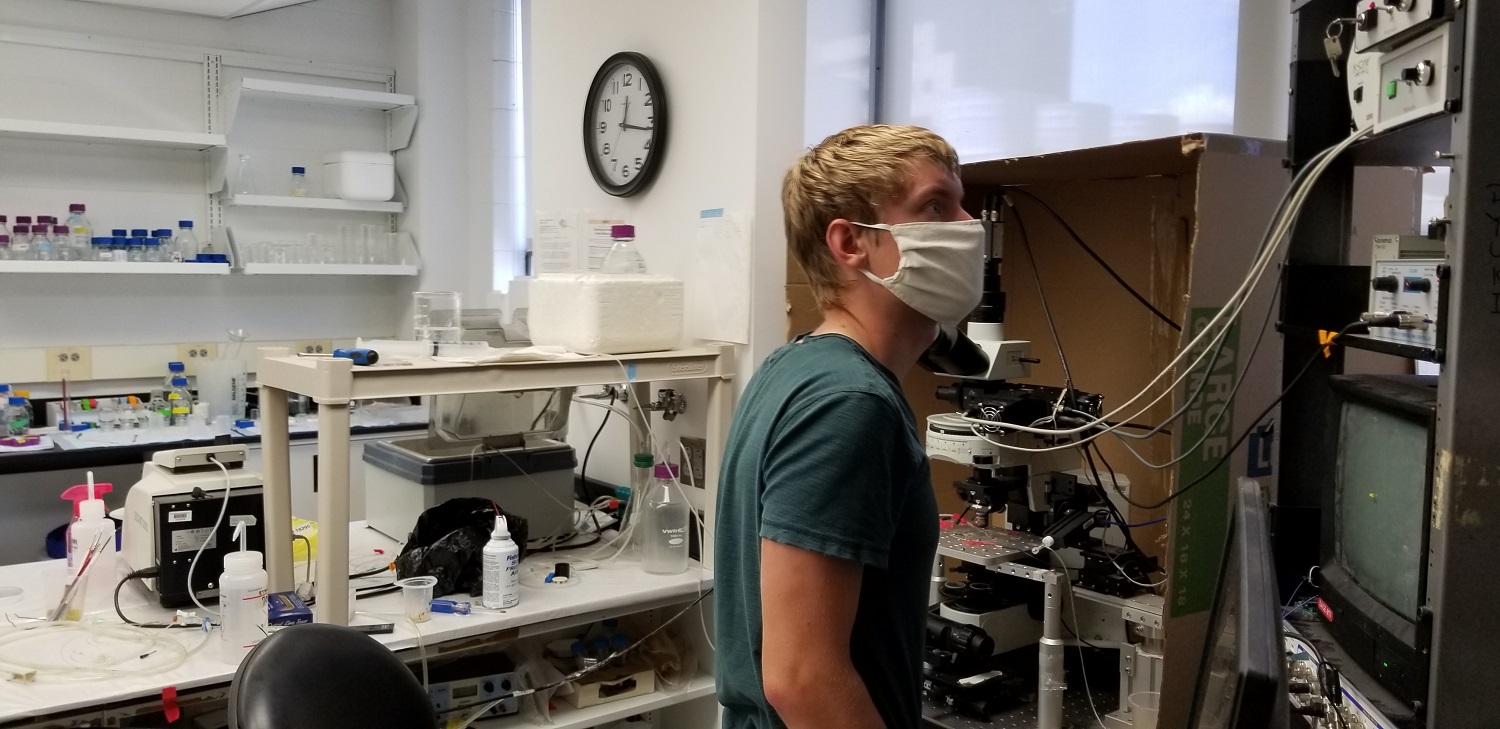
“We are trying to reverse engineer a little piece of wiring in the brain to give a model for how that might work in similar areas of the brain,” Whyland said.
Whyland’s research also takes advantage of specialized techniques being used in the labs at UofL.
“During the completion of his project, Kyle will receive training in a variety of neuroanatomical techniques, in vitro physiology and a technique called optogenetics in which specific brain cells can be activated with light pulses to interrogate brain circuit function,” Bickford said.
Both Whyland and Whiddon are grateful for the funding provided by the NIH – about $32,000 per year each – as well as the opportunity to learn the ropes of funding applications.
“If Kyle and Zach continue as research-active faculty members, they will be applying for grants throughout their careers,” Bickford said. “The F31 application gives students their first in-depth exposure to the NIH application process, including stringent reviews by a panel of experts.”
As with any competitive process, success is validating. For Whyland, however, the opportunity to revise and resubmit a project that initially was rejected was one of the most rewarding aspects of the experience.
“The first time I submitted it, it wasn’t even scored. By addressing the NIH reviewers’ specific concerns, I was able to resubmit it and get it funded,” Whyland said. “It was very satisfying to know that if you don’t get discouraged and try to address the criticisms, you can be rewarded. It was really motivating.”










